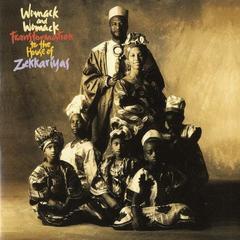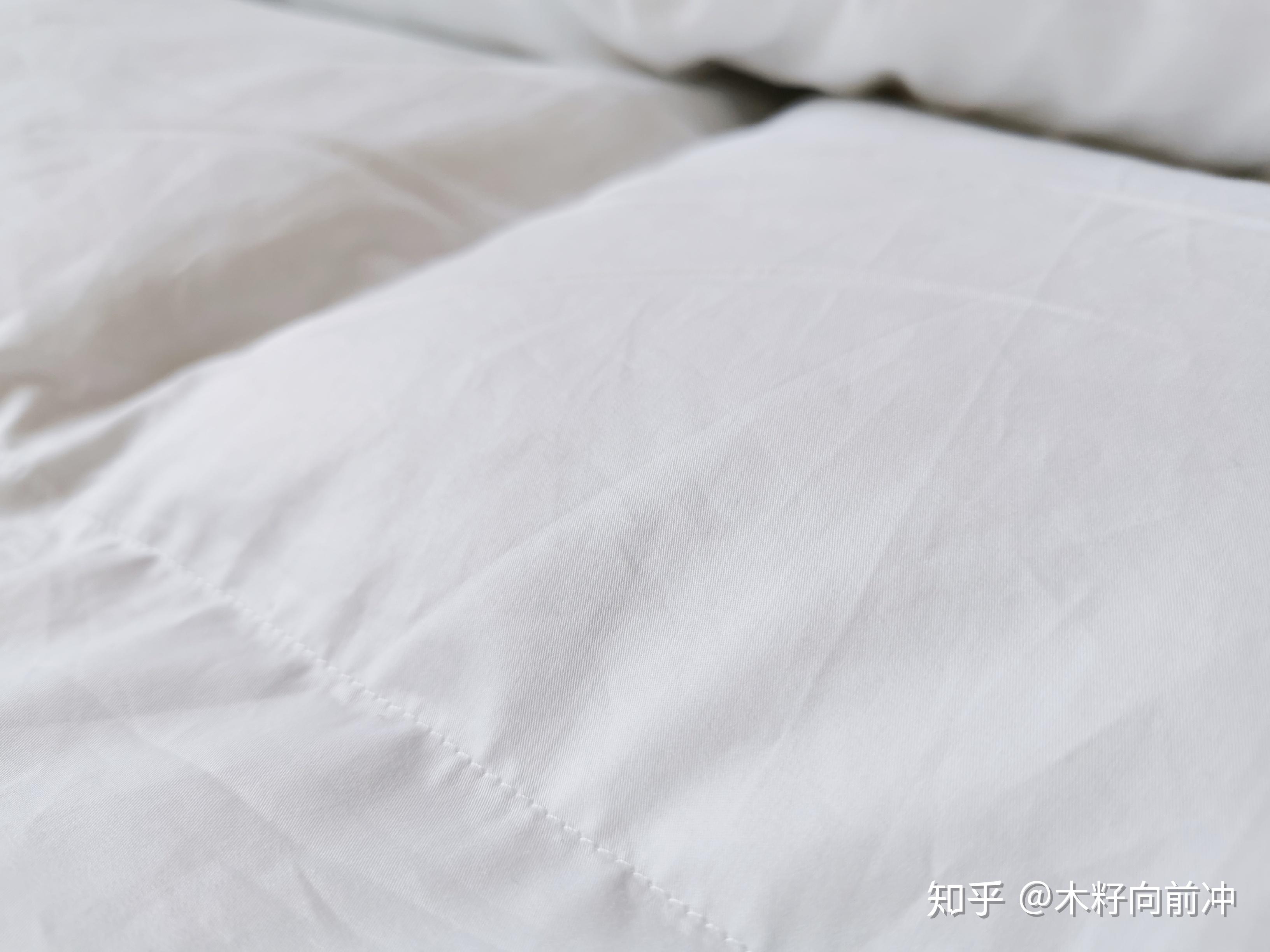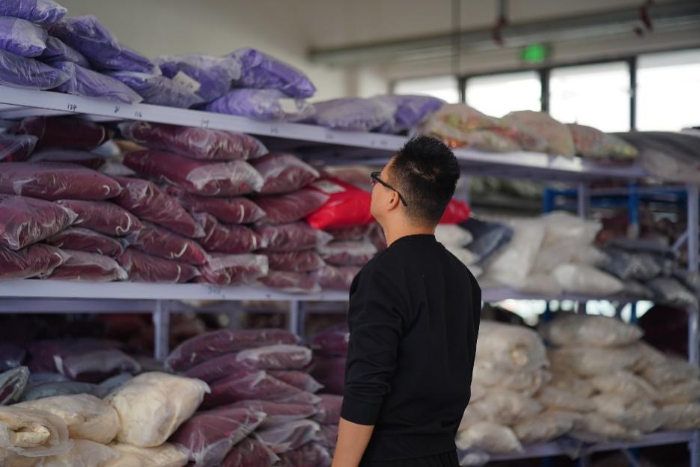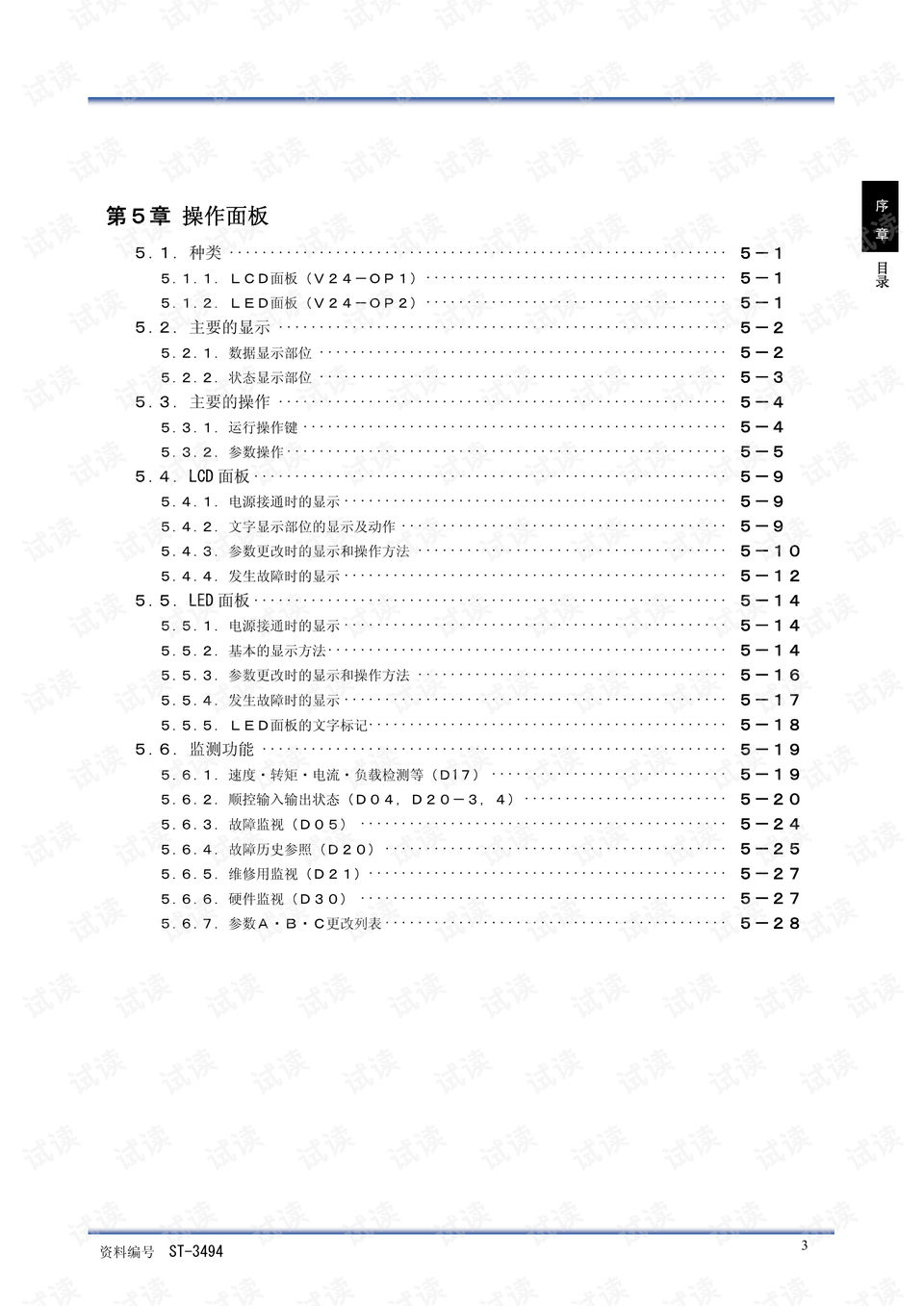Title: The Transformation of Womens Clothing: A Journey from Gender Norms to Gender Equality
The transformation of women's clothing has been a journey from gender norms to gender equality. In the past, men wore only pants and women wore dresses or skirts that covered their bodies. However, with the rise of feminist movements in the late 1960s, women began to challenge these traditional gender roles by wearing more comfortable and functional clothing. This led to the development of jeans, leggings, and other forms of casual wear for both men and women. Today, women have even more options when it comes to clothing, with the rise of streetwear and athleisure. The fashion industry has also become more inclusive, with designers creating clothes that fit all body types and sizes. Despite these changes, there is still work to be done to achieve true gender equality in the fashion industry. Women are still paid less than men for doing the same job, and there are still many instances of sexism and discrimination within the industry. However, as more and more people recognize the importance of gender equality, it is possible that the future of women's clothing will be even more diverse and inclusive.
Introduction
In the past, women's clothing was often associated with traditional gender roles and expectations. Men were expected to wear formal attire, such as suits and ties, while women were expected to wear modest and feminine clothing, such as dresses and skirts. However, in recent years, there has been a shift in attitudes towards gender norms and expectations, particularly when it comes to fashion and clothing. More and more women are embracing their femininity and exploring different styles of clothing, including traditionally male clothing items, such as leather jackets and boots. This article will explore the transformation of women's clothing and the changing attitudes towards gender norms and expectations in today's society.

The Evolution of Women's Clothing
The history of women's clothing is long and varied, with different cultures and time periods having their own unique styles and trends. In ancient times, women's clothing was often very simple and functional, designed for warmth and practicality rather than beauty or fashion. As societies became more complex and diverse, so too did women's clothing, with new styles and trends emerging all the time.
During the Victorian era, women's clothing was heavily influenced by Victorian values and ideals, which emphasized refinement, elegance, and propriety. This led to a rise in elaborate corsets, delicate lacework, and intricate embroidery. Women were expected to dress in a way that reflected their status as ladies of the court or high society.
The 20th century saw a significant change in women's clothing, as women began to challenge traditional gender roles and expectations. During World War II, women wore practical clothing such as breeches and tunics in order to work in factories and other industrial settings. This gave rise to the popular trend of military-style uniforms, which were both practical and empowering.

In the post-war era, fashion designers began to experiment with new forms of femininity, incorporating elements of menswear into women's fashion. This led to the rise of the "boyfriend" jacket, which was originally designed for men but quickly became a popular item for women to wear as well. Other masculine clothing items such as leather jackets, boots, and hats also gained popularity among women in this period.
The Transformation of Women's Clothing Today
Today, there is a wider range of styles available to women than ever before, with many options for both casual and formal wear. Women are no longer limited to wearing only dresses and skirts; in fact, they can now choose from an array of styles that reflect their personalities and interests. Some women prefer more modern and unconventional clothing items, while others stick with more classic styles.
One notable trend in modern women's fashion is the rise of streetwear and urban style. This includes items such as hoodies, track pants, sneakers, and oversized t-shirts. These pieces are often characterized by their bold colors, graphic designs, and bold statements, making them popular among young people who are seeking to express themselves through fashion.

Another trend that has emerged in recent years is the growing acceptance of gender nonconformity and gender expression. This involves challenging traditional ideas about what it means to be masculine or feminine and experimenting with different forms of femininity. For example, some women may choose to wear makeup or jewelry that is traditionally associated with femininity, while others may opt for more masculine clothing items such as leather jackets or boots.
Conclusion
The transformation of women's clothing over the years has been shaped by a variety of factors, including cultural norms, social attitudes, and technological advancements. Today, women have more choices than ever before when it comes to fashion and style. They can choose from a wide range of options that reflect their personalities and interests, whether they prefer more traditional or unconventional styles. As attitudes towards gender norms continue to evolve, it seems likely that the evolution of women's clothing will continue as well.
Articles related to the knowledge points of this article:
Can You Spin Dry a Down Jacket?
Title: The Art and History of the American Tie
Title: Should You Wear a Tie to a Job Interview? The Dos and Donts
Title: Mastering the Art of Kids Tie Knotting: A Guide for Elementary School Students
Mastering the Art of Efficient Tie Tying: A Comprehensive Guide in 60 Seconds



